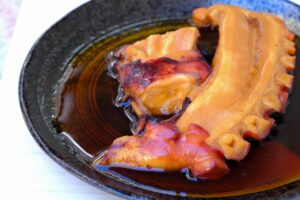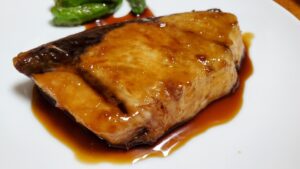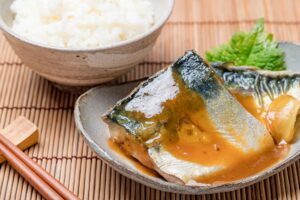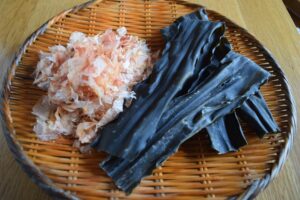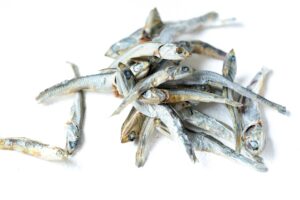Washoku, the traditional dietary culture of Japan, offers a unique blend of flavors, aesthetics, and nutritional balance. Recognized by UNESCO as an Intangible Cultural Heritage, Washoku reflects Japan’s deep respect for nature and seasonal ingredients. This article delves into the history, main elements, popular dishes, and health benefits of Washoku, providing insights and tips for those eager to explore this culinary art form.
What is Washoku?
Washoku, also known as traditional Japanese cuisine, encompasses the culinary practices and dishes deeply rooted in Japanese culture and history. This unique culinary tradition was recognized by UNESCO as an Intangible Cultural Heritage of Humanity in 2013. The term “Washoku” is derived from “wa,” meaning Japan or harmony, and “shoku,” meaning food or eating. Washoku emphasizes seasonal ingredients, balance, and aesthetic presentation, playing a significant role in Japanese daily life and celebrations. It reflects a profound respect for nature and a deep understanding of the natural cycle.
History and Cultural Significance

The origins of Washoku can be traced back to ancient Japan, influenced by the dietary habits of Buddhist monks and the introduction of rice cultivation. Over centuries, it evolved through the incorporation of ingredients and techniques from neighboring countries like China and Korea. Key historical milestones include the establishment of Kaiseki cuisine in the 16th century and the Edo period’s popularization of sushi and tempura. Washoku’s development reflects Japan’s historical interactions and cultural shifts, embodying a rich culinary heritage that continues to shape Japanese identity.
Key Components of Washoku
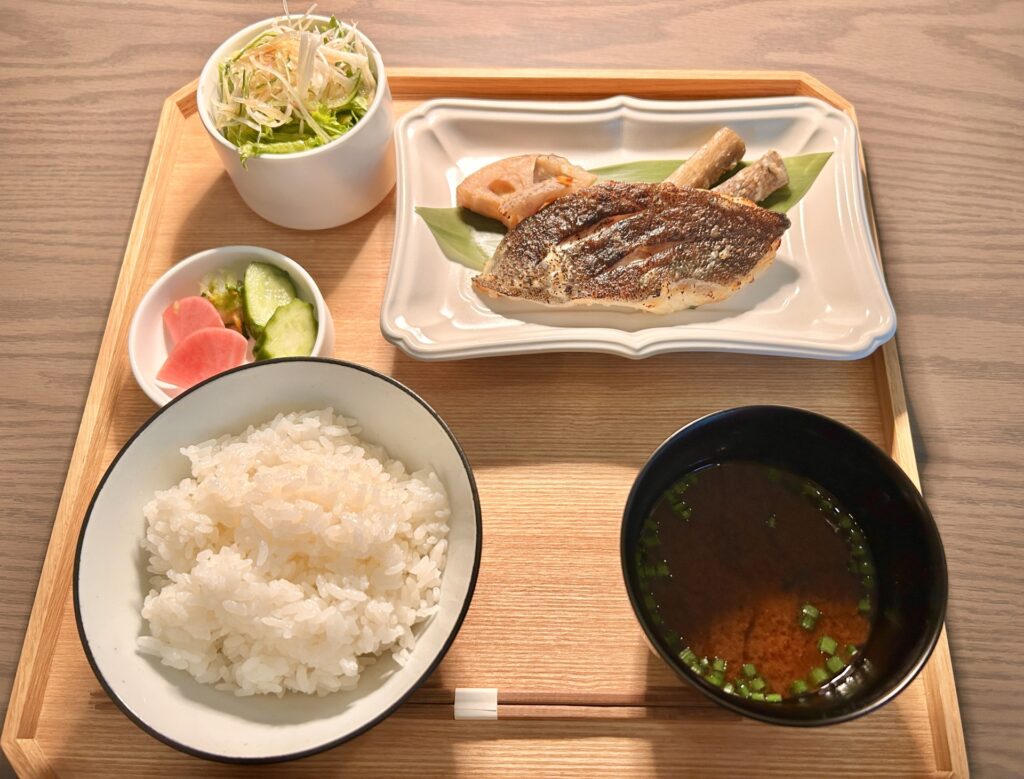
A traditional Washoku meal is characterized by its “one soup, three sides” structure, known as “ichiju-sansai.” The main components typically include:
- Rice (Gohan): The staple of every meal, providing a neutral base.
- Miso Soup (Miso Shiru): Made from fermented soybean paste, offering umami and nutritional benefits.
- Pickled Vegetables (Tsukemono): Adding a tangy contrast and aiding digestion.
- Fish (Sakana): Often grilled or raw (as in sashimi), showcasing the freshness of ingredients. This composition emphasizes balance, not only in flavors but also in nutritional value, ensuring a harmonious and healthy diet.
Popular Washoku Dishes
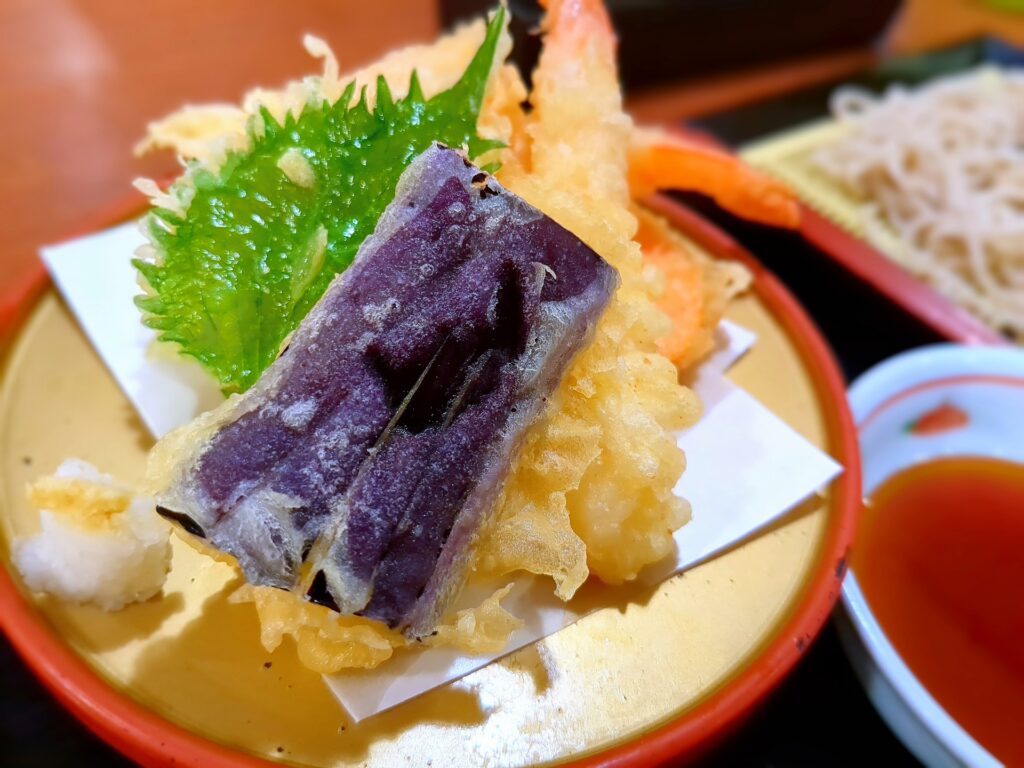
Washoku includes a variety of dishes that have gained international popularity. Some notable examples are:
- Sushi: Vinegared rice topped with raw fish or other ingredients.
- Tempura: Battered and deep-fried seafood or vegetables.
- Shabu-Shabu: A hot pot dish where thinly sliced meat and vegetables are cooked in boiling broth.
- Sukiyaki: A hot pot dish with thin slices of beef, vegetables, tofu, and noodles, cooked in a sweet soy-based sauce. These dishes not only highlight the simplicity and elegance of Washoku but also its adaptability to different tastes and occasions.
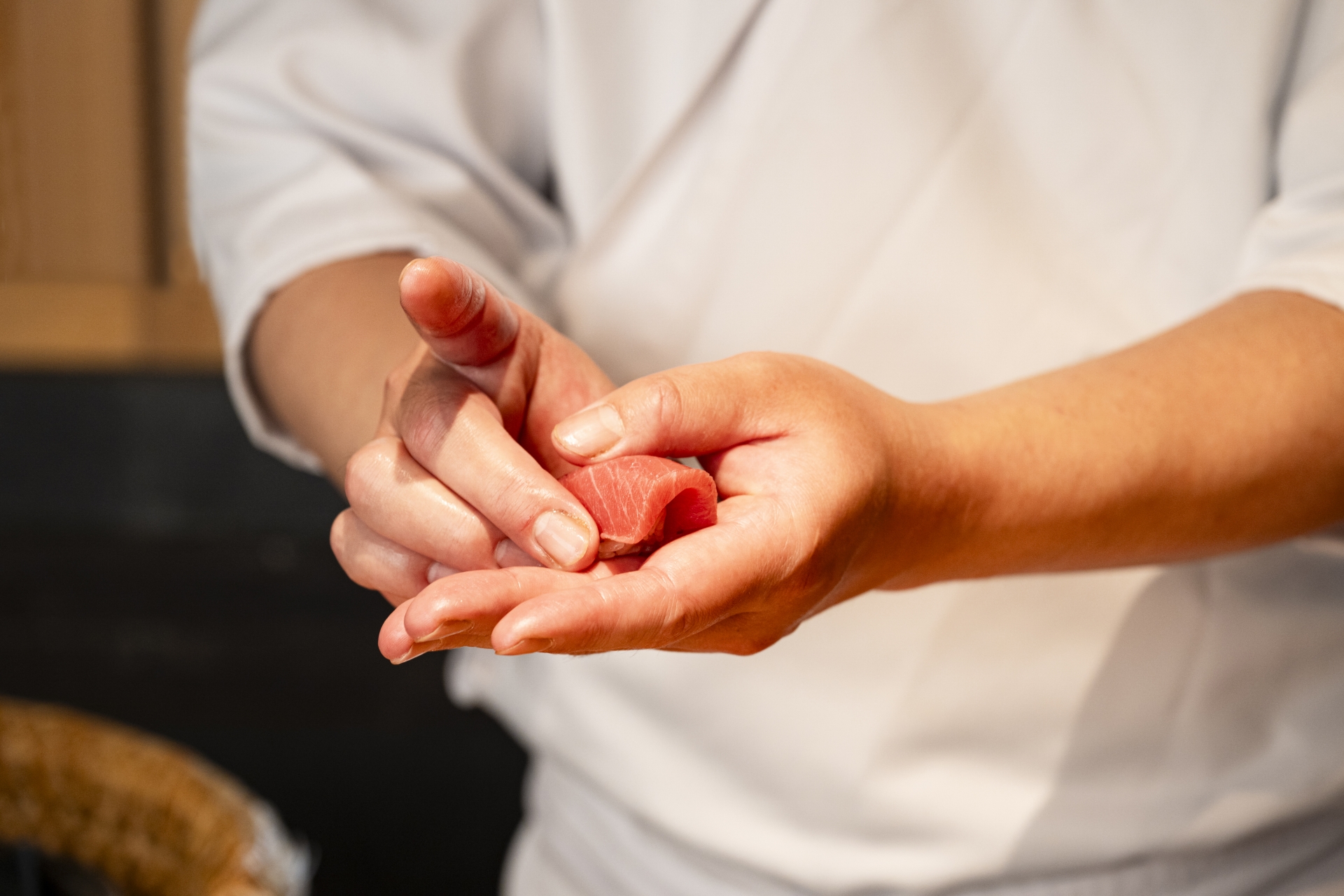
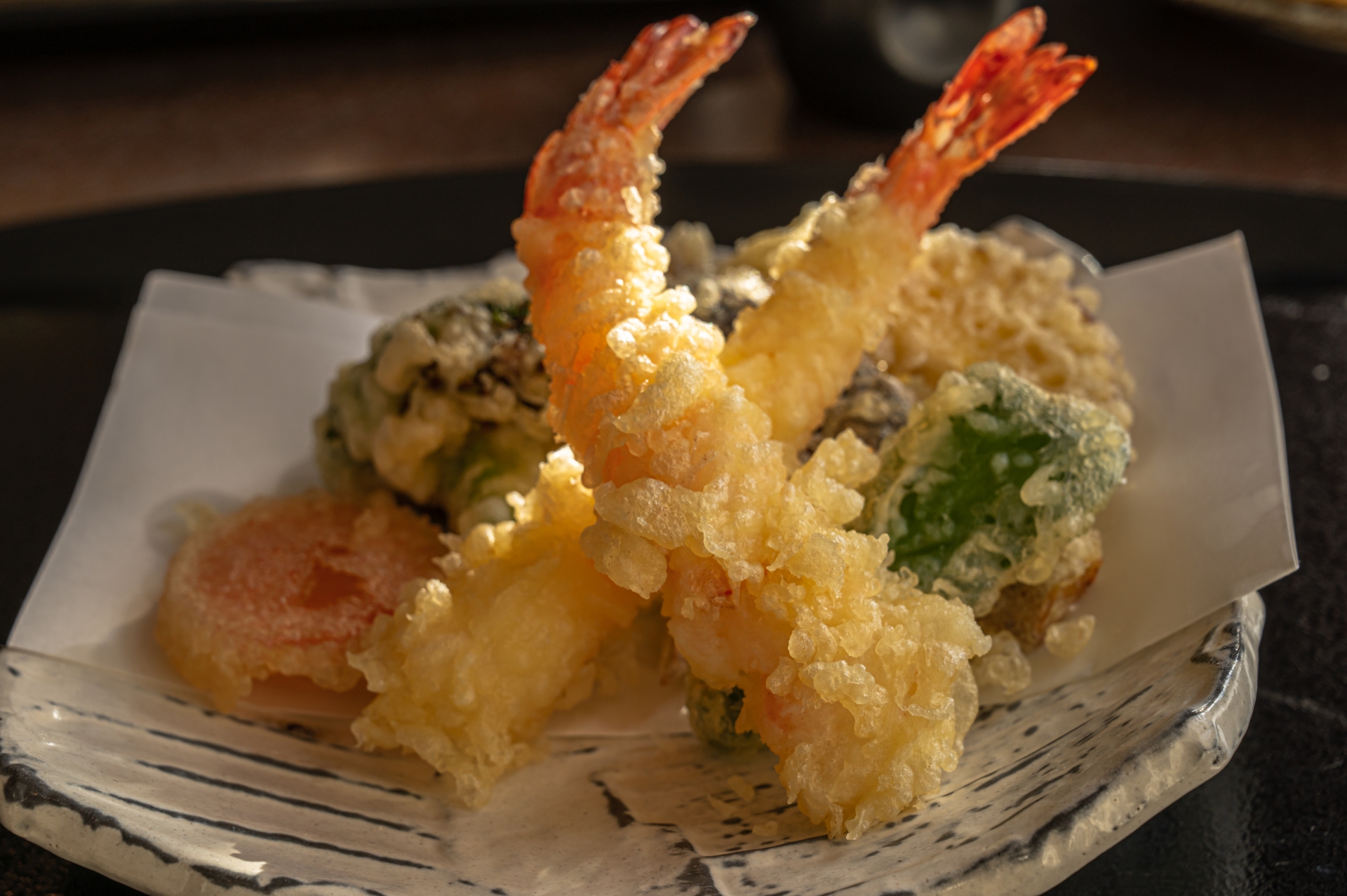
Health Benefits of Washoku
Washoku is renowned for its health benefits, largely due to its emphasis on fresh, seasonal ingredients and balanced nutrition. The diet is typically low in calories and high in nutrients, promoting longevity and reducing the risk of chronic diseases. Key aspects include:
- High consumption of fish and vegetables: Rich in omega-3 fatty acids and antioxidants.
- Use of fermented foods: Such as miso and soy sauce, which aid in digestion and improve gut health.
- Moderation and portion control: Encouraging mindful eating practices. This balanced approach to nutrition makes Washoku a model of healthy eating, contributing to Japan’s reputation for long life expectancy.
Preparing Washoku at Home
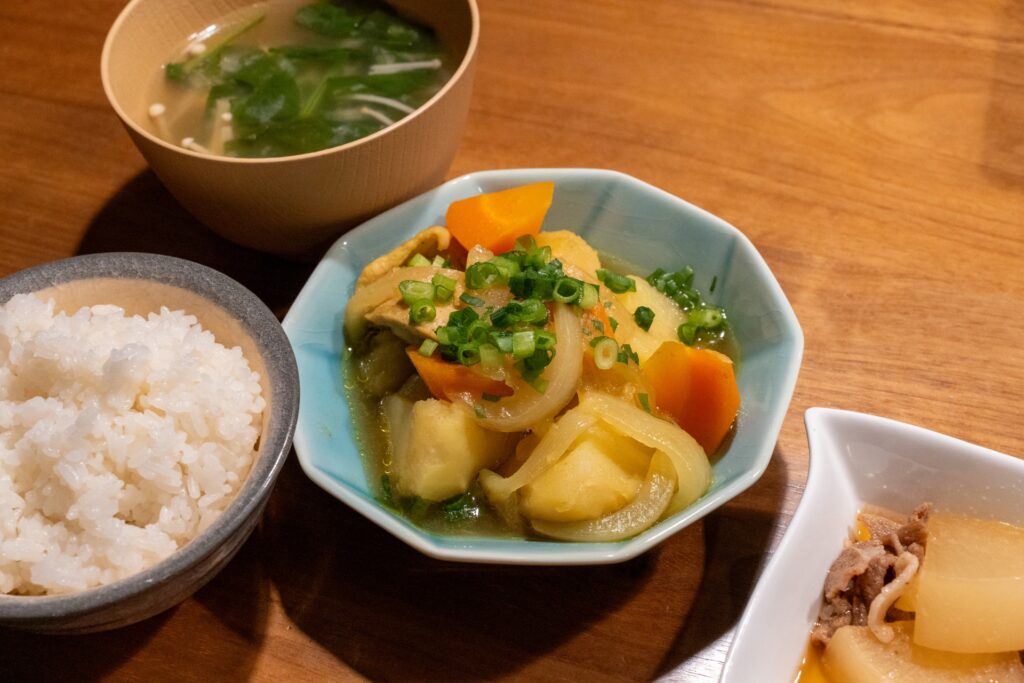
Creating Washoku at home involves understanding its principles and using the right ingredients and tools. Essential tips include:
- Ingredients: Prioritize fresh, seasonal produce and high-quality fish and rice.
- Tools: Equip your kitchen with basic Japanese tools like a rice cooker, miso soup bowls, and a sharp knife.
- Recipes: Start with simple dishes such as miso soup, grilled fish, and vegetable tempura, gradually expanding your repertoire. Focusing on freshness and simplicity can help home cooks recreate authentic Washoku experiences.
Vegan and Vegetarian Washoku
Vegan and vegetarian variations of Washoku, such as Shojin Ryori (Buddhist temple cuisine), offer a glimpse into the plant-based traditions of Japanese cuisine. Key elements include:
- Tofu and soy products: Providing protein and texture.
- Seasonal vegetables: Highlighting natural flavors and colors.
- Seaweed: Adding umami and nutrients. These dishes maintain the core principles of Washoku while catering to plant-based diets, demonstrating its versatility and inclusivity.
Washoku in Modern Times
In contemporary Japan, Washoku continues to evolve, with modern chefs adapting traditional dishes to suit global tastes and dietary preferences. This evolution includes:
- Fusion cuisine: Combining Washoku with elements from other culinary traditions.
- Innovative presentations: Modernizing the aesthetic aspects of traditional dishes.
- Global influence: Promoting Japanese culinary practices worldwide through restaurants and media.
The adaptability of Washoku ensures its relevance and popularity in the modern culinary landscape, preserving its heritage while embracing change.






